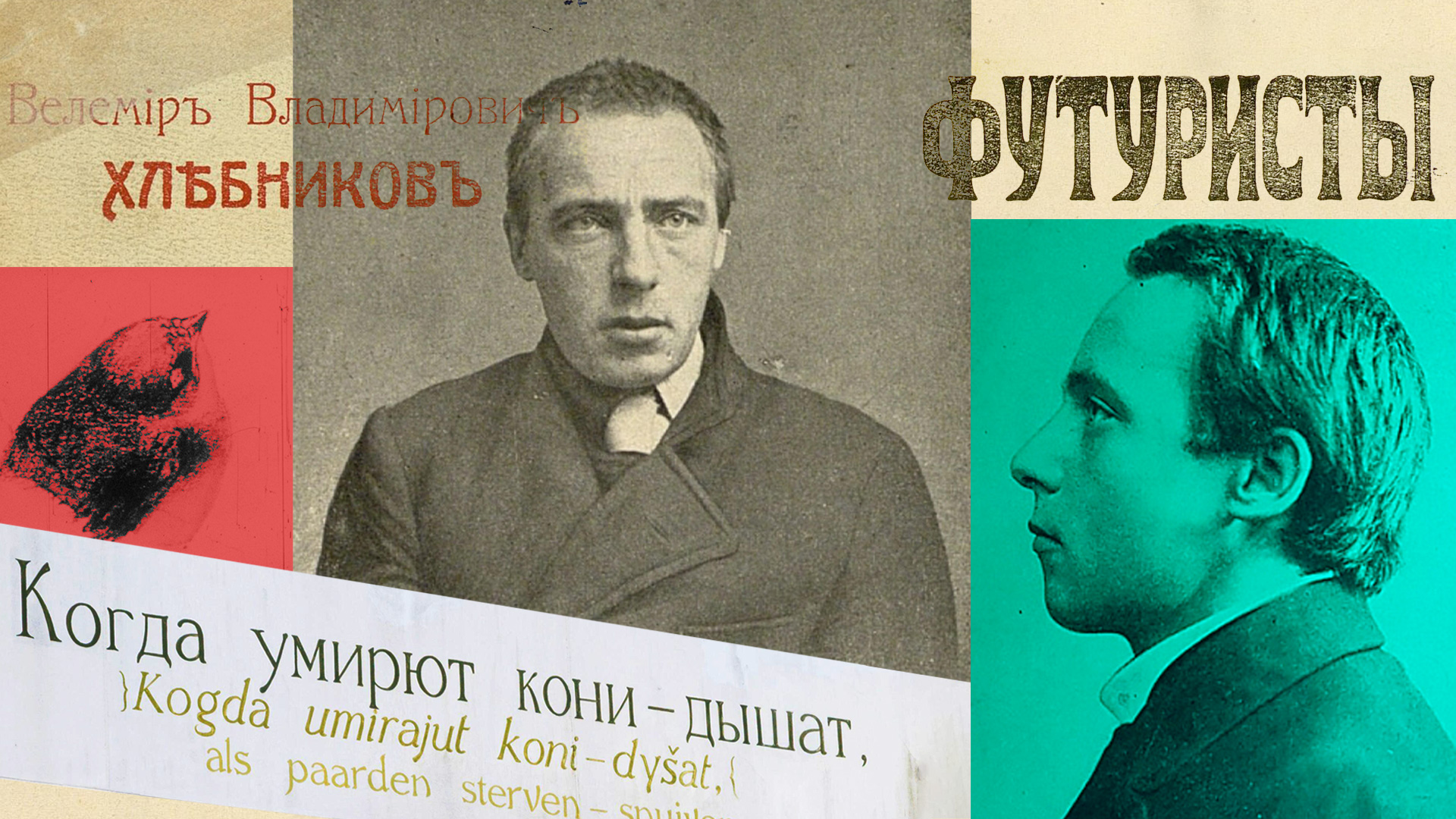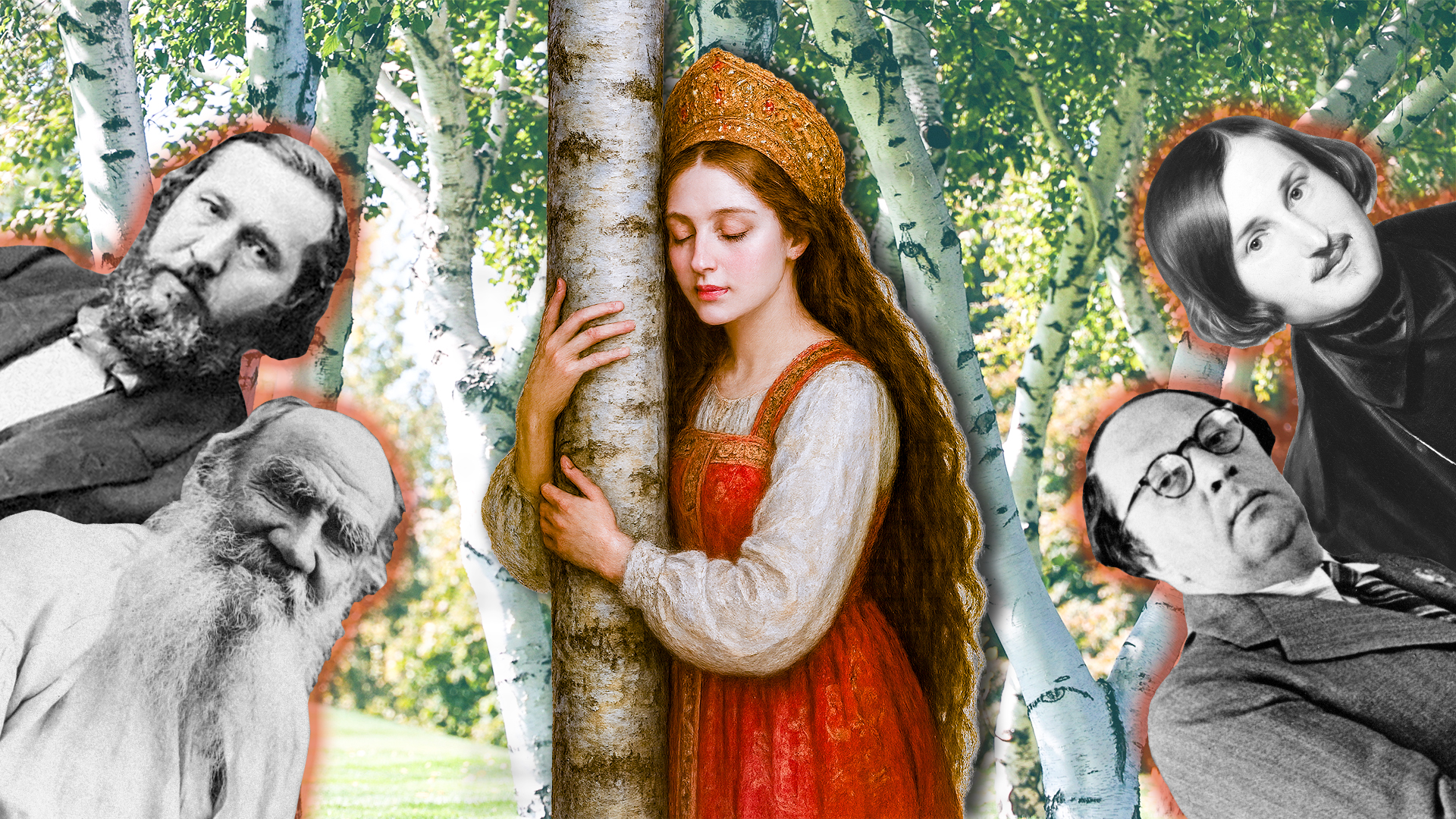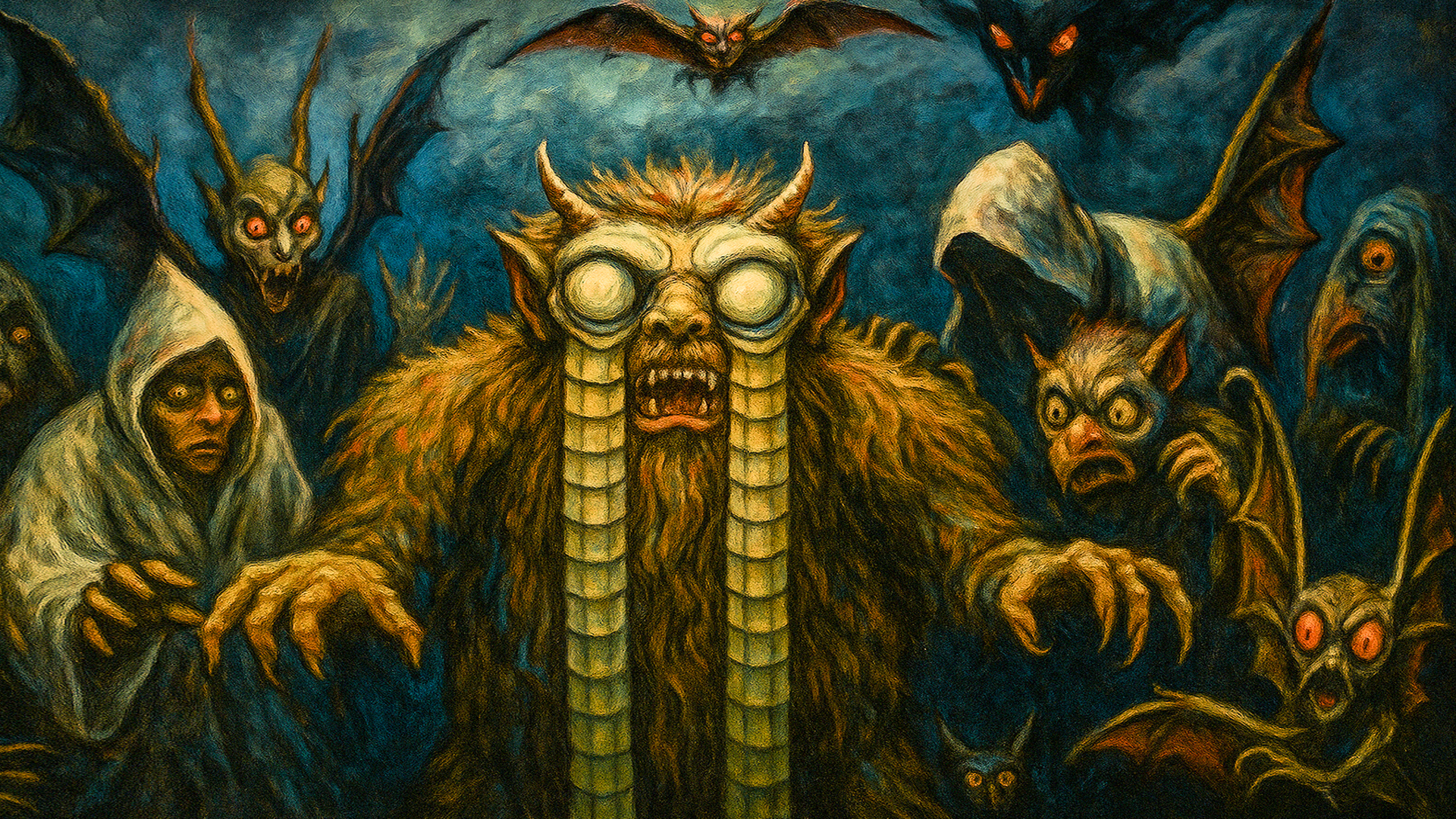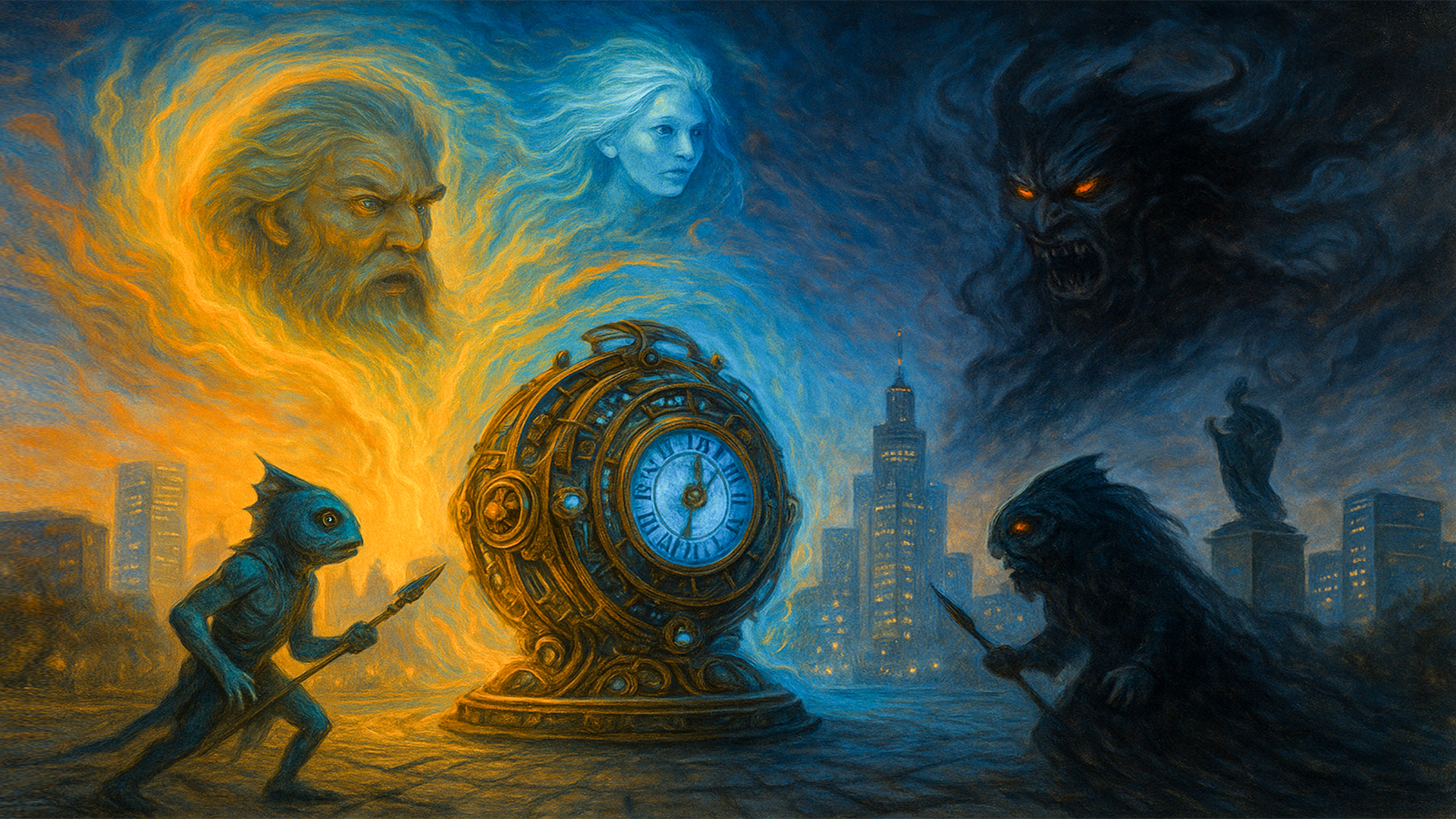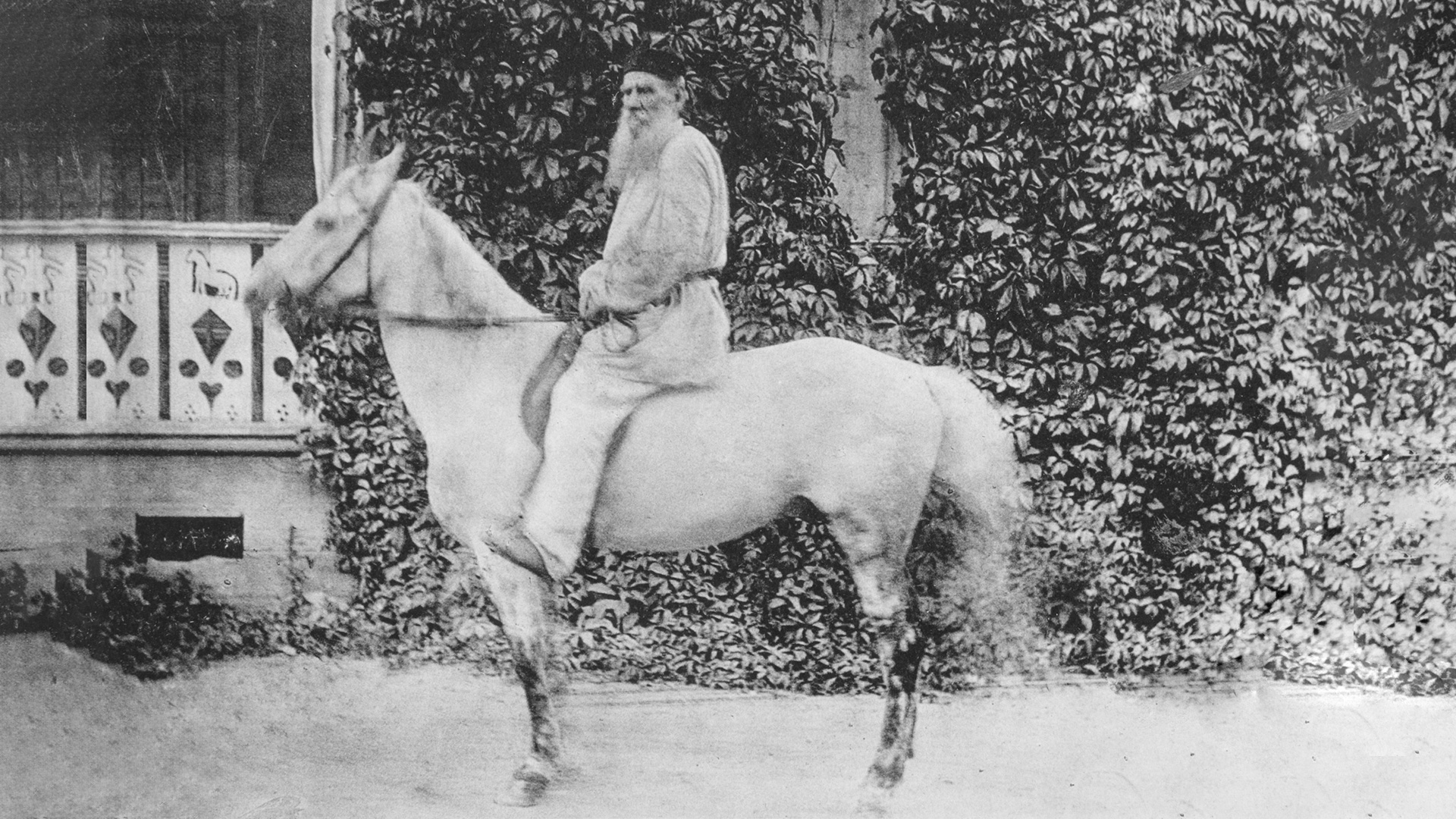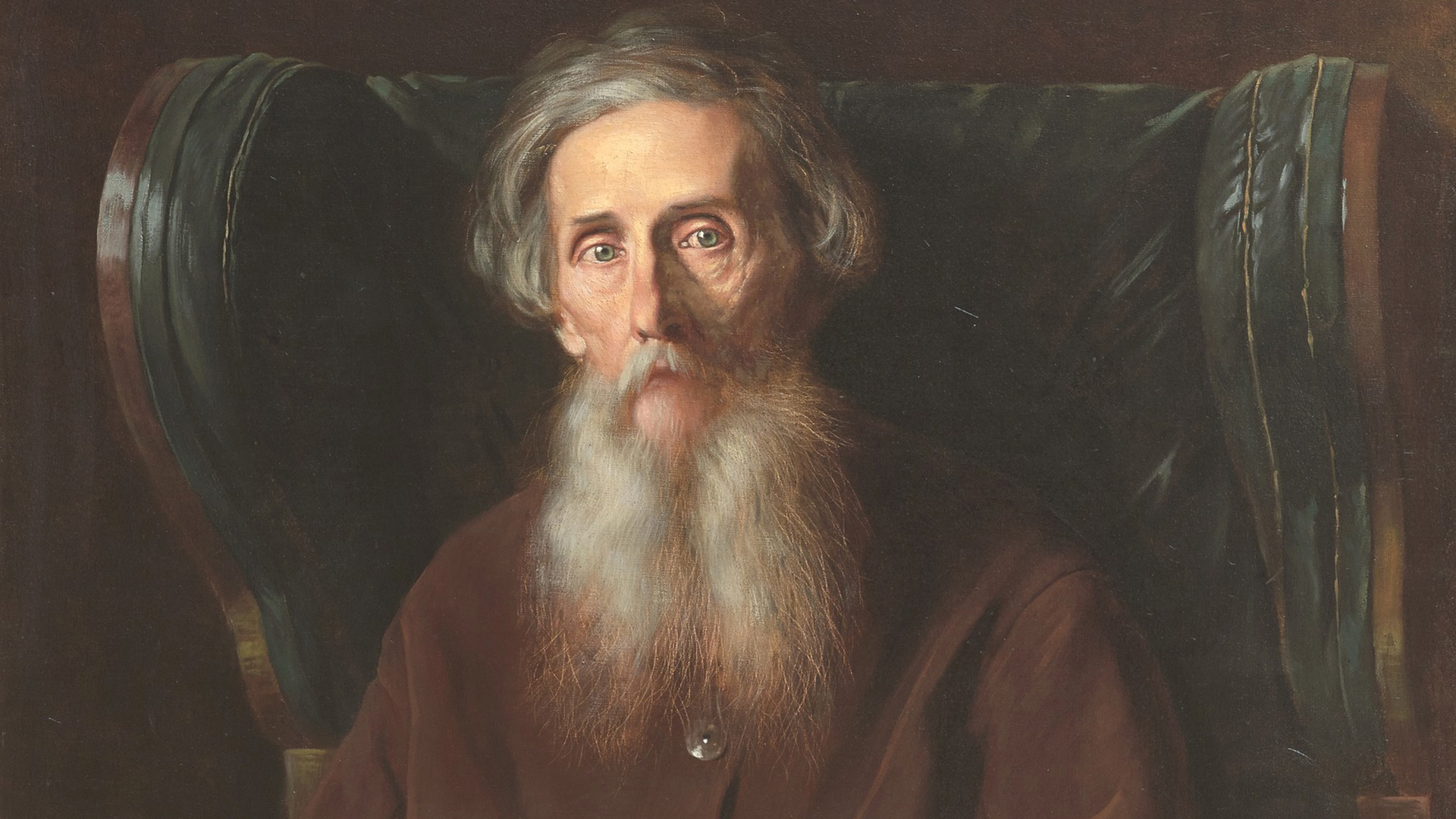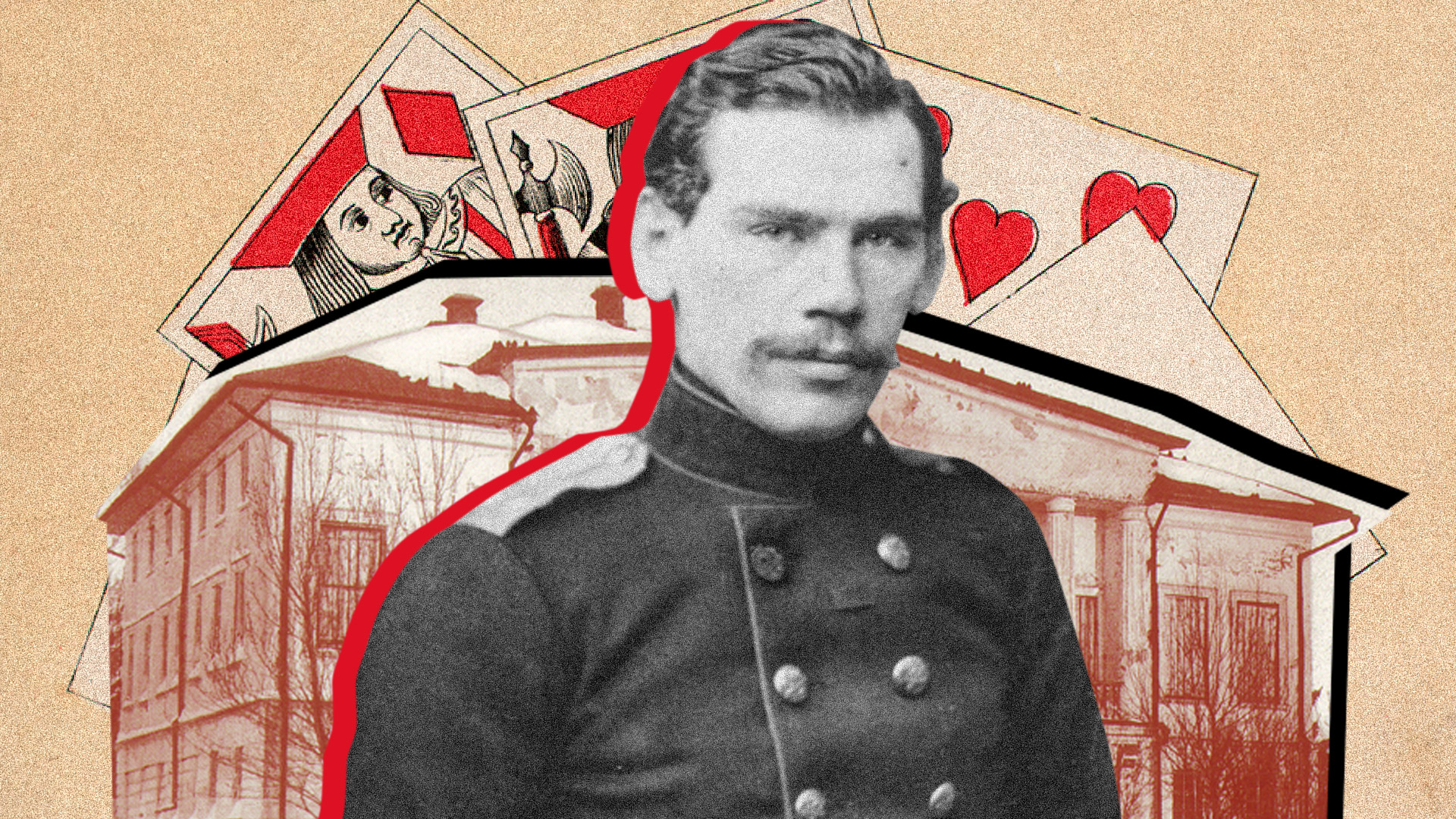
Who did Russian classic writers consider the main graphomaniac?

His colleague, satirist writer Mikhail Saltykov-Shchedrin, even came up with a verb to describe such literary redundancy – ‘naboborykal’. Polite Ivan Turgenev was more reserved in his reviews and dubbed this quality “hasty fertility”.
Nowadays, few people remember Boborykin’s name; he is considered a second-tier writer, but, during his lifetime, he was not only unusually prolific, but also quite popular and influential. In addition, he was well and comprehensively educated.
He studied at the law faculty of the Imperial Kazan University and worked in a chemical laboratory under the supervision of Alexander Butlerov. During his student years, he translated Lehmann's chemistry textbook, became interested in chemistry, studied at the University of Dorpat, where he attended a course in the medical faculty for five years and compiled a manual on physiological chemistry.
Fluent in the main European languages, he traveled all over Europe and was considered one of the most cultured people of the second half of the 19th century.
At the age of 27, he became the editor and publisher of the then popular magazine ‘Library for Reading’, was also published in other major publications, wrote novels, stories, short stories and plays, as well as studying the history of Western European and Russian literature. According to researchers, Boborykin's entire creative legacy could take up more than 70 volumes. And these are not editions or versions, but only finished works.
His most famous works are the novels ‘The Evening Sacrifice’, ‘Businessmen’, ‘Kitai-Gorod’, the story ‘Grew Smart’ and the comedy ‘Scum’. He is also credited with introducing the concept of "intelligentsia" into popular usage.





